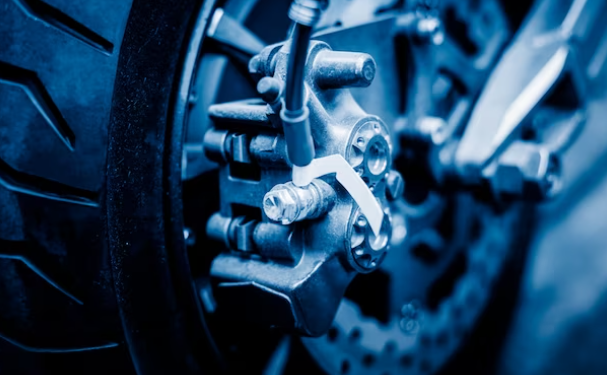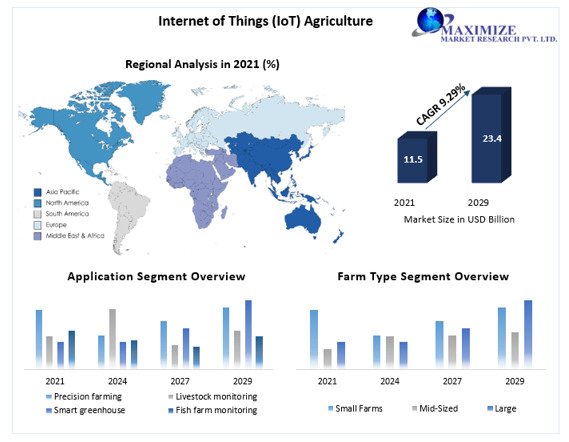Internal gear pumps play a crucial role in various industrial applications, serving as reliable mechanisms for fluid transfer and circulation. To ensure the longevity and optimal performance of these essential components, it’s imperative to implement effective maintenance practices and enhancement strategies. In this guest post, we will explore valuable tips and tricks for maintaining and enhancing the lifespan of internal gear pump, helping industries minimize downtime and maximize productivity.
Understanding Internal Gear Pump Basics:
Before delving into maintenance tips, it’s essential to grasp the fundamental workings of internal gear pumps. These pumps consist of two gears—an outer gear and an inner gear—that mesh together to create chambers. As the gears rotate, fluid is trapped in these chambers and transported from the suction side to the discharge side. Efficient and reliable, internal gear pumps are commonly used in applications such as hydraulic systems, lubrication, and fuel transfer.
Maintenance Tips:
Regular Inspection and Monitoring:
Routine inspection is the cornerstone of internal gear pump maintenance. Conduct regular checks on pump components, including gears, shafts, bearings, and seals, to identify any signs of wear, corrosion, or damage. Establish a monitoring schedule to track performance metrics such as temperature, pressure, and flow rates. Early detection of issues allows for timely intervention and prevents potential breakdowns.
Lubrication Management:
Proper lubrication is vital for reducing friction and wear in internal gear pumps. Select a high-quality lubricant recommended by the pump manufacturer and adhere to the specified lubrication intervals. Ensure that the lubricant is compatible with the pump’s materials and the type of fluid being transferred. Regularly check lubricant levels and top up as needed, and consider implementing condition-based lubrication practices for optimal efficiency.
Contamination Control:
Contaminants such as dirt, debris, and particulate matter can significantly impact internal gear pump performance. Install effective filtration systems to prevent these contaminants from entering the pump. Regularly inspect and replace filters as part of the maintenance routine. Additionally, ensure that the fluid being pumped is clean and free from impurities, as it directly influences the longevity of the pump’s components.
Temperature and Pressure Management:
Maintaining optimal operating conditions, including temperature and pressure, is crucial for internal gear pump longevity. Monitor the pump’s temperature during operation and ensure it remains within the specified range. Implement temperature control mechanisms, such as cooling systems, if necessary. Similarly, adhere to recommended pressure limits to prevent excessive stress on the pump components, ultimately extending the pump’s lifespan.
Enhancement Strategies:
Upgraded Materials and Coatings:
Consider upgrading internal gear pump components with materials and coatings that enhance durability and resistance to wear. Advanced materials such as hardened steel or coatings like ceramic can significantly improve the pump’s resistance to abrasive fluids and extend its overall lifespan. Consult with the pump manufacturer or a qualified engineer to determine the most suitable materials for your specific application.
Implement Predictive Maintenance:
Embrace predictive maintenance techniques to anticipate potential issues before they escalate. Utilize sensor technology to collect real-time data on pump performance, allowing for condition-based maintenance rather than fixed schedule-based approaches. Predictive maintenance not only minimizes downtime but also maximizes the lifespan of internal gear pumps by addressing problems in their early stages.
Training and Skill Development:
Invest in training programs for personnel responsible for operating and maintaining internal gear pumps. Properly trained operators are more likely to identify issues early, operate the pump within specified parameters, and execute maintenance tasks accurately. Additionally, fostering a culture of continuous learning ensures that the maintenance team stays updated on the latest advancements in pump technology and maintenance practices.
Conclusion:
Effectively maintaining and enhancing the lifespan of internal gear pumps requires a proactive approach, combining regular inspection, proper lubrication, contamination control, and temperature and pressure management. By incorporating these maintenance tips and enhancement strategies into your industrial practices, you can not only extend the life of your internal gear pumps but also optimize their performance for increased efficiency and productivity. Remember, a well-maintained internal gear pump is not just an asset; it’s a key contributor to the seamless operation of various industrial processes.







